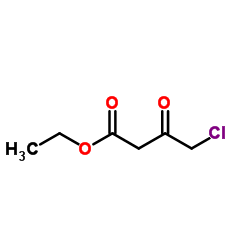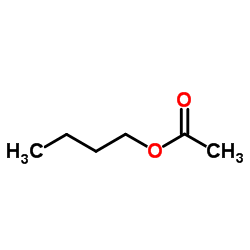| Structure | Name/CAS No. | Articles |
|---|---|---|
 |
Ethyl 2-Chloroacetoacetate
CAS:638-07-3 |
|
 |
butyl acetate
CAS:123-86-4 |